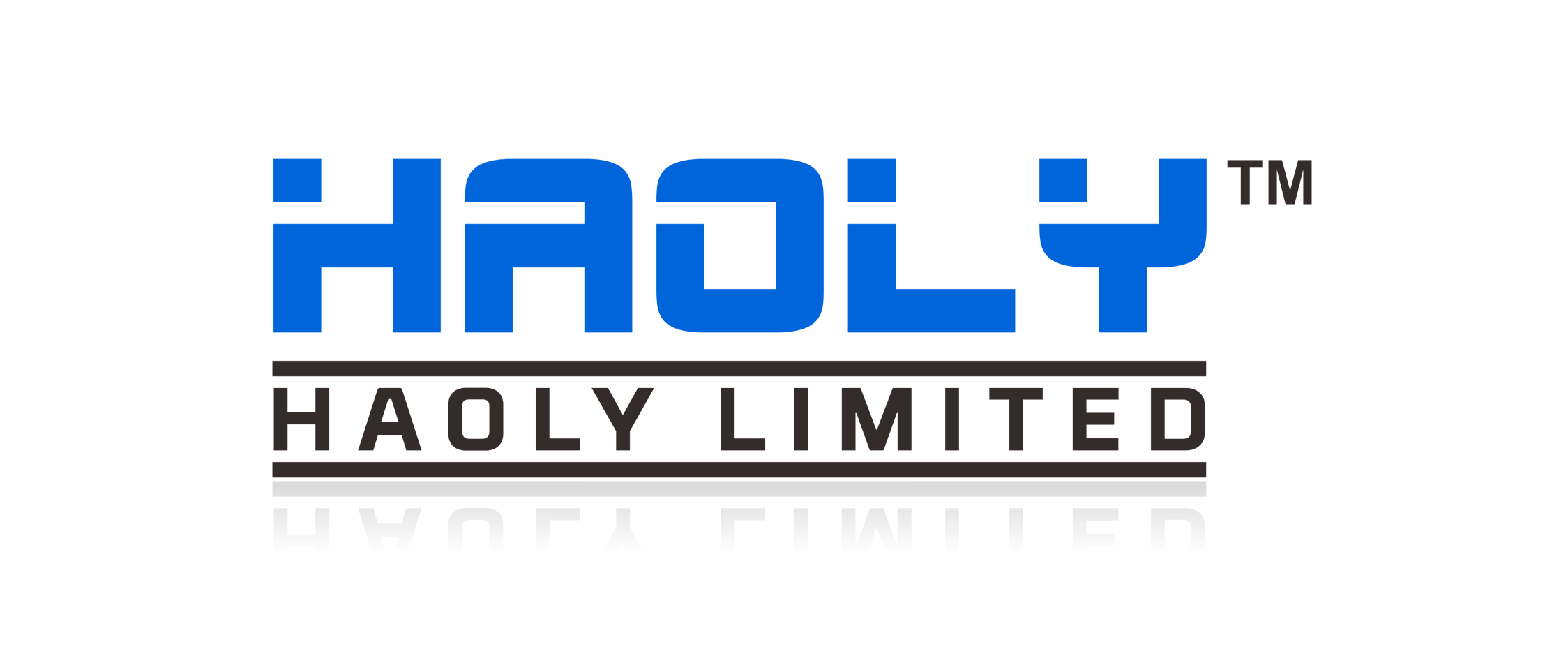책 재봉틀의 개발은 제본 역사에서 중요한 이정표가 되었습니다.. 책 재봉틀은 책의 페이지를 꿰매는 데 사용되는 특수 장치입니다., 튼튼하고 오래 지속되는 바인딩 생성. Let’s explore the evolution of book sewing machines.
The origins of book sewing can be traced back to ancient times when manuscripts were handcrafted by scribes. 하지만, the process was labor-intensive and time-consuming. The need for a more efficient method of binding books led to the invention of the first book sewing machine.
In the 19th century, various inventors began experimenting with mechanical solutions for bookbinding. One notable figure in the development of book sewing machines is David McConnell Smyth, an American engineer who patented the first practical book sewing machine in 1871. Smyth’s machine used a continuous thread to stitch the book’s signatures (folded pages) together, increasing the speed and efficiency of the binding process.
Over the years, advancements in technology and engineering further improved book sewing machines. In the early 20th century, manufacturers introduced automatic book sewing machines that could handle larger volumes of books with minimal human intervention. These machines incorporated features such as automatic signature feeding, thread cutting, and knotting mechanisms, streamlining the entire binding process.
With the advent of computerization and digital printing, book sewing machines also underwent significant transformations. Modern book sewing machines often integrate with computer systems, allowing for precise control over stitching patterns and settings. This level of automation and customization enables efficient production of various book formats and sizes.
추가적으로, advancements in materials and thread technology have enhanced the durability and strength of book bindings. Newer machines can handle different types of papers, including coated and recycled papers, expanding the range of applications for book sewing machines.
In recent years, there has been a growing interest in eco-friendly and sustainable bookbinding methods. Book sewing machines have played a crucial role in this movement, as they allow for the creation of environmentally friendly and long-lasting bindings, reducing the need for adhesive-based techniques that can be less durable or challenging to recycle.
Overall, the development of book sewing machines has revolutionized the bookbinding industry, enabling faster production, improved quality, and increased versatility. From humble beginnings to the modern, computerized machines of today, book sewing machines continue to be vital tools for creating beautifully bound books.
 하올리 머신
하올리 머신
